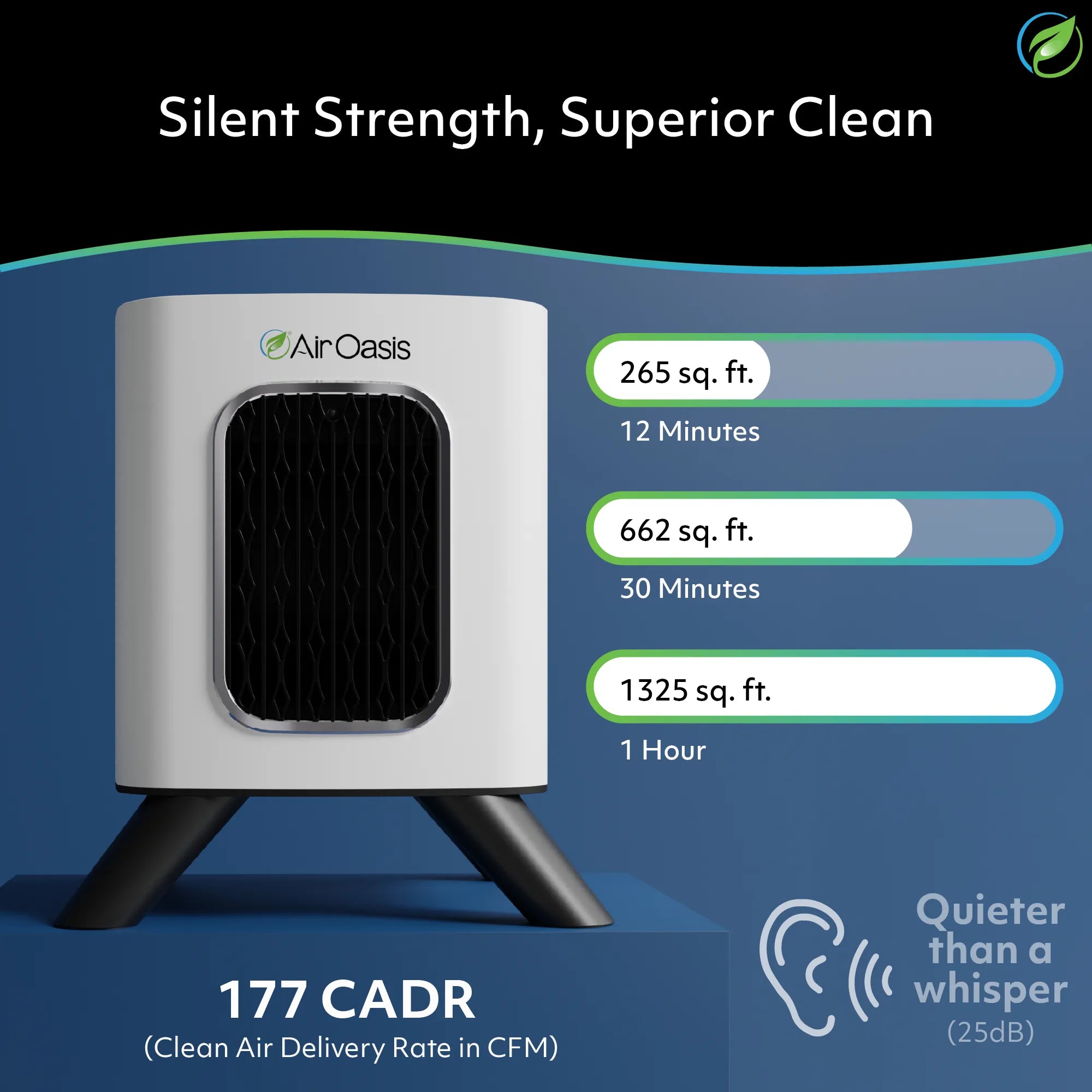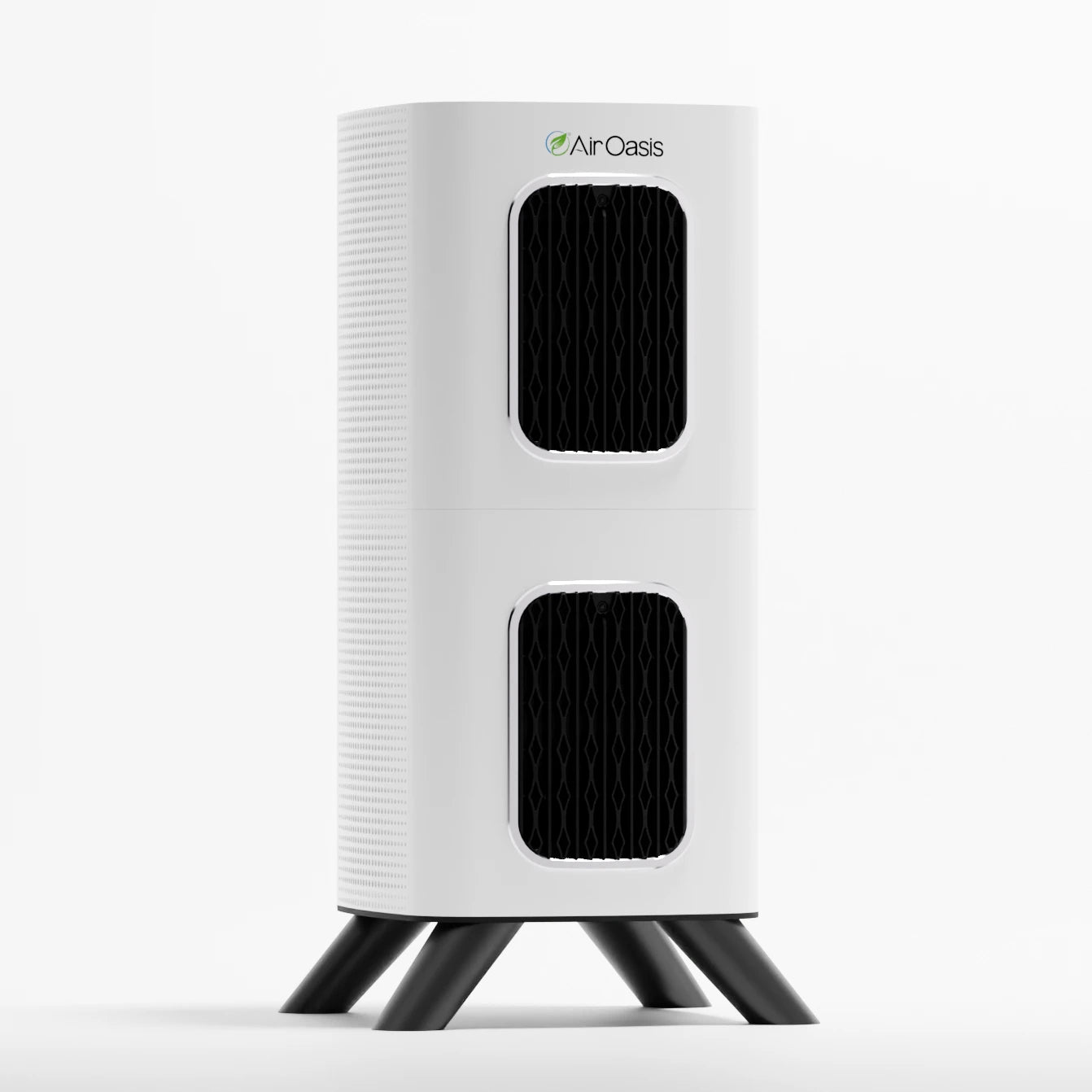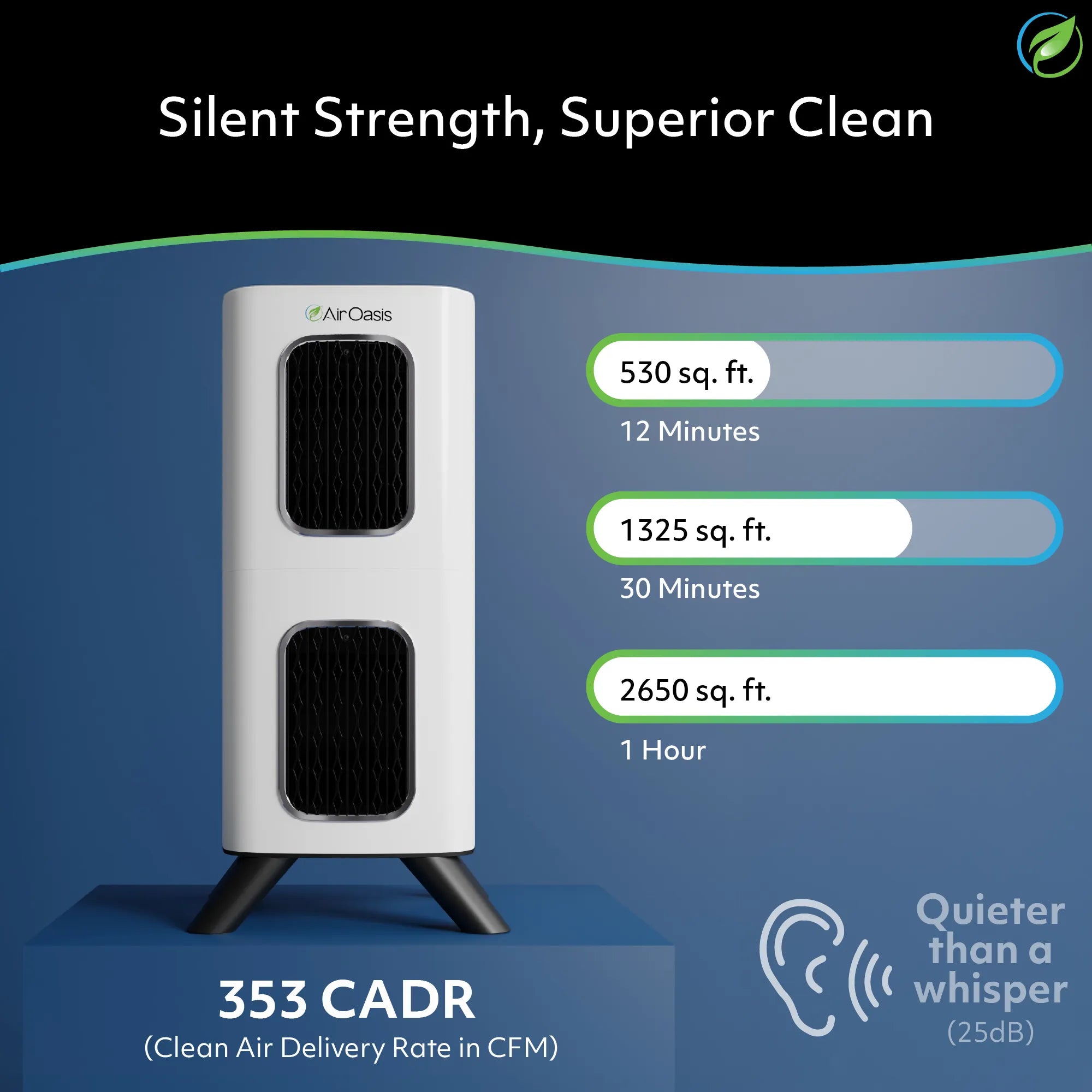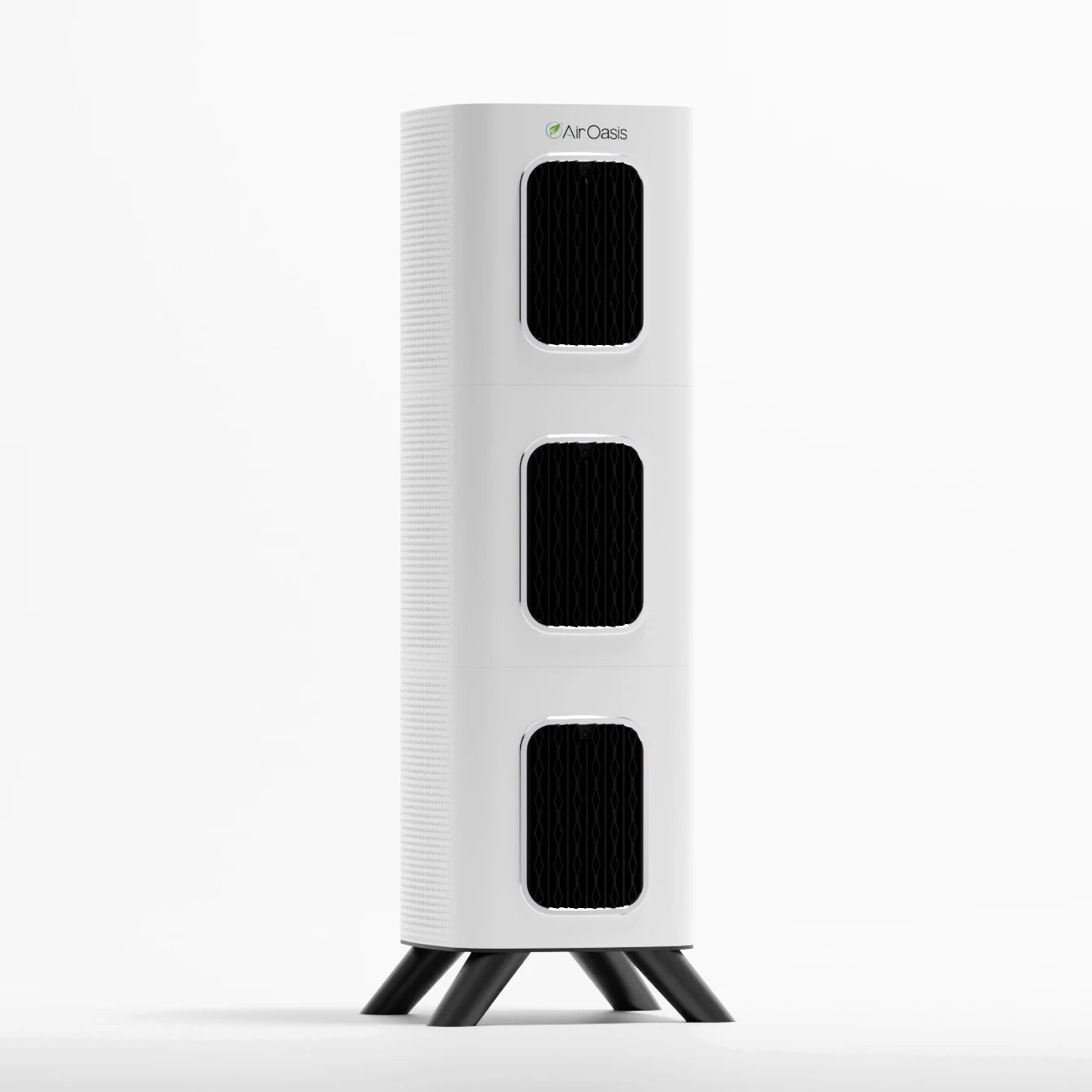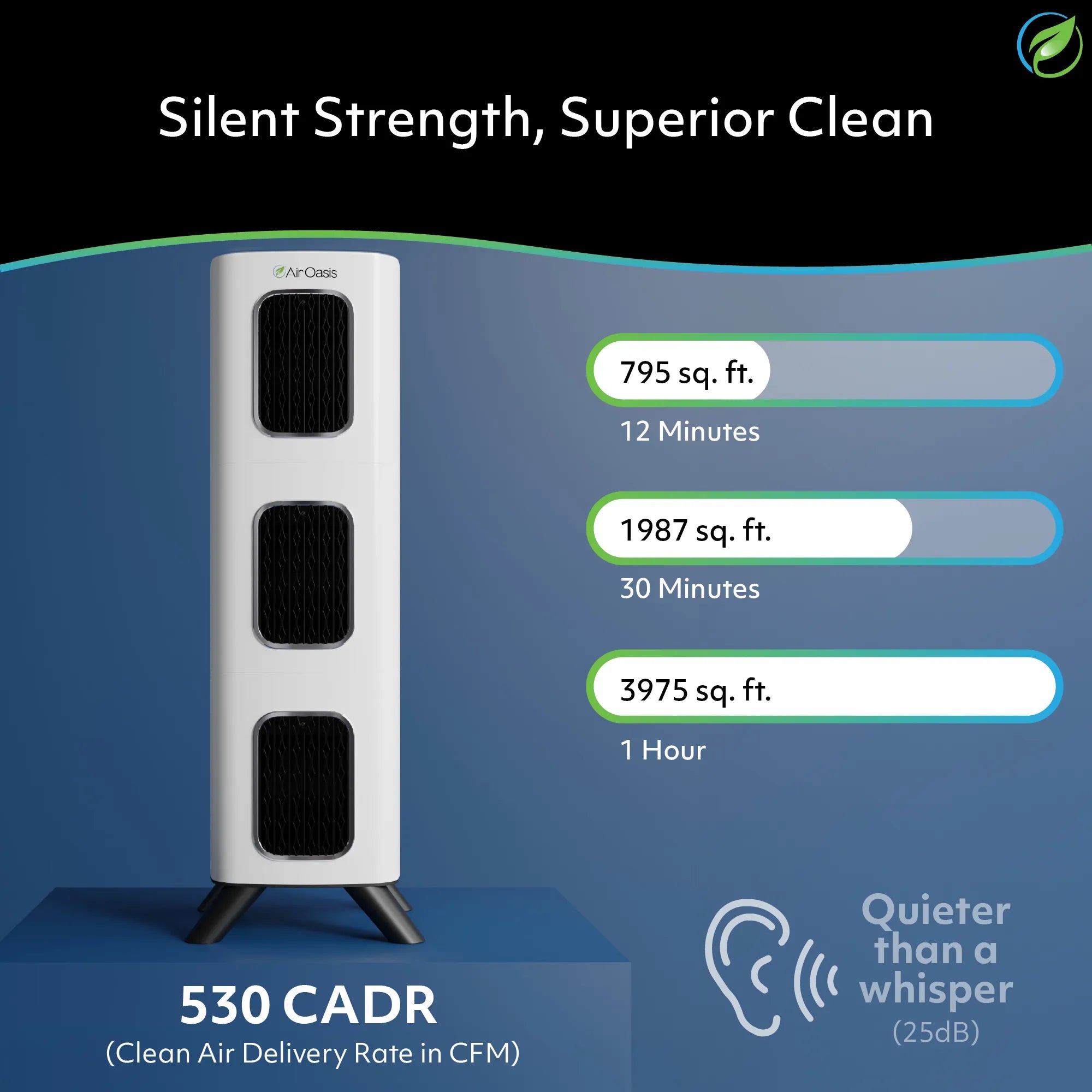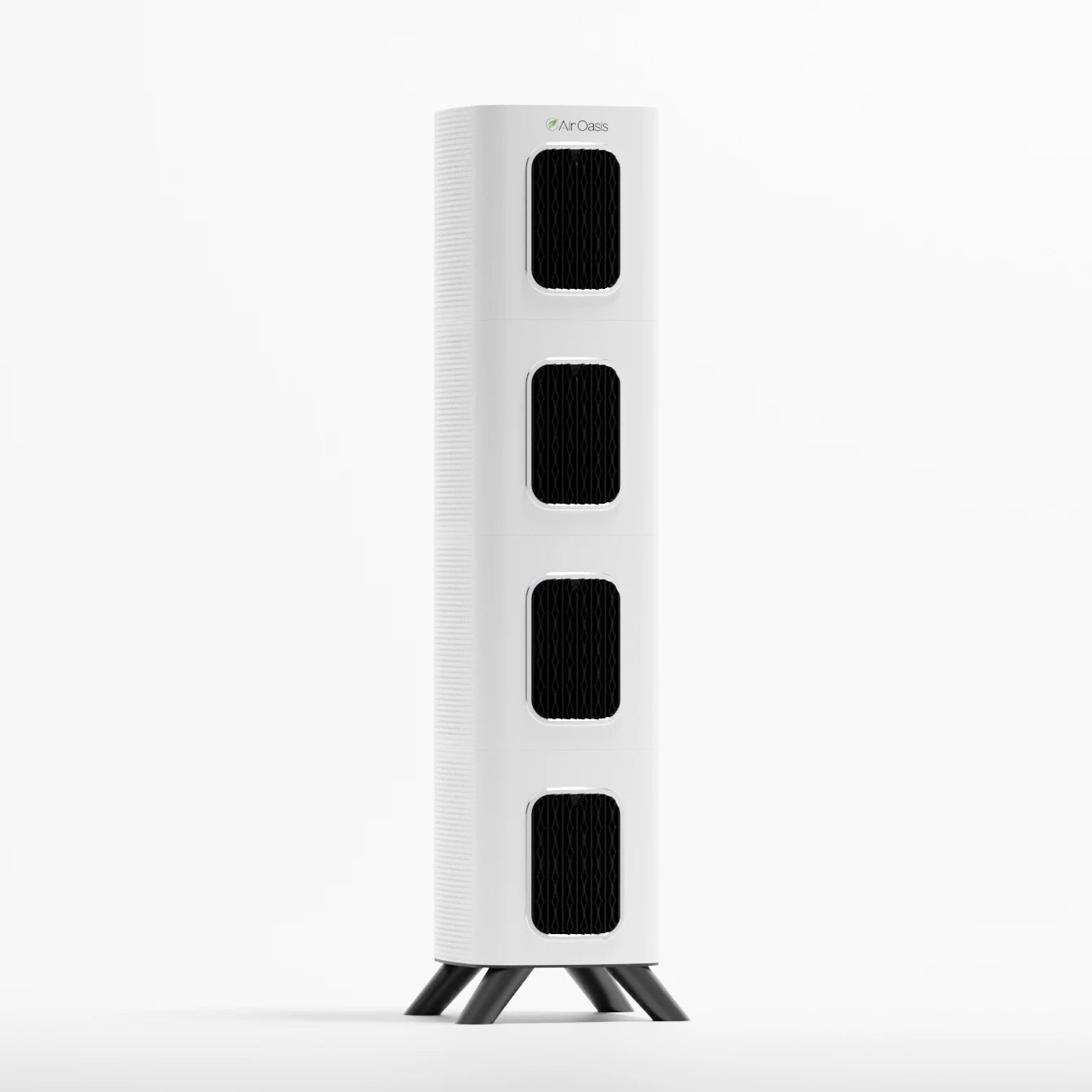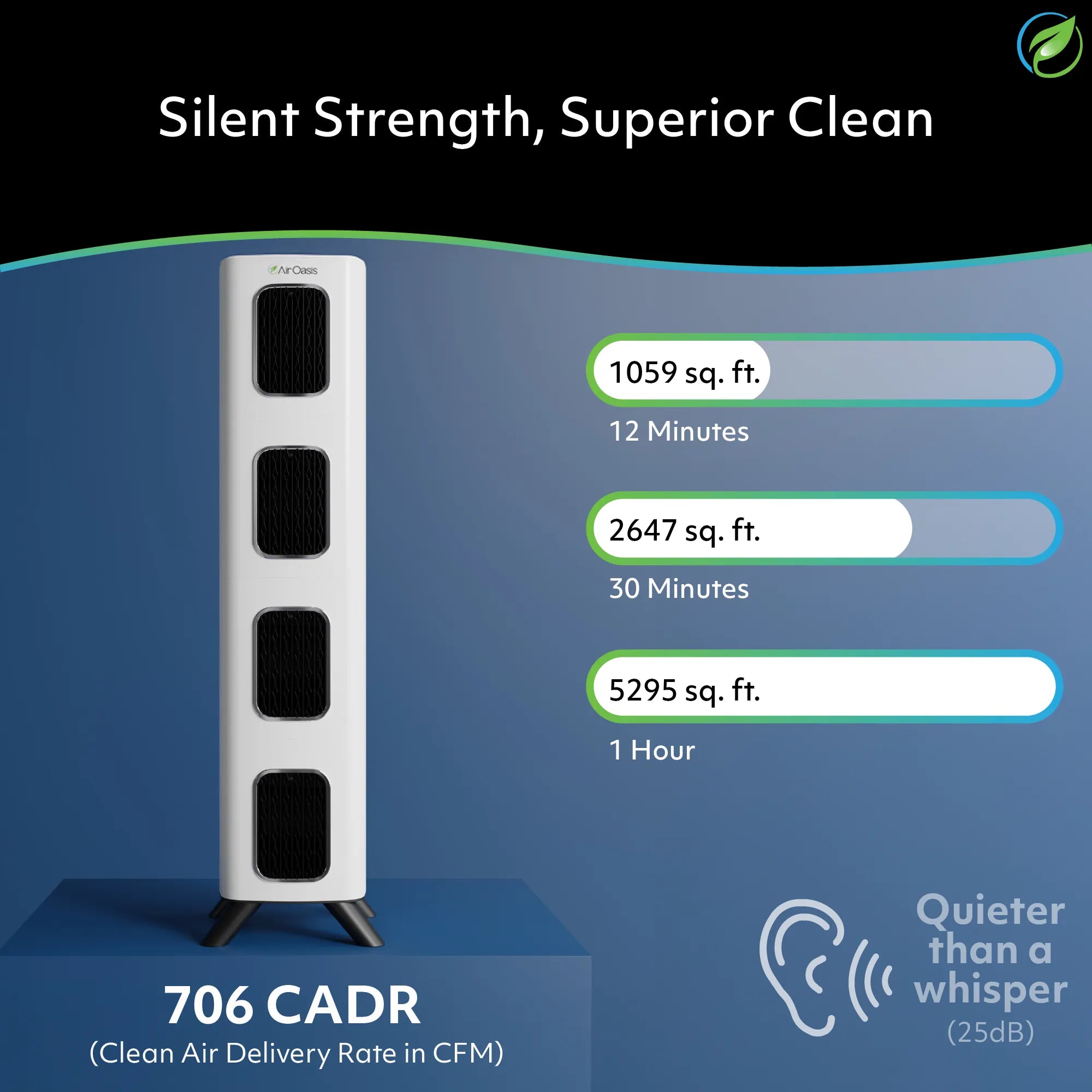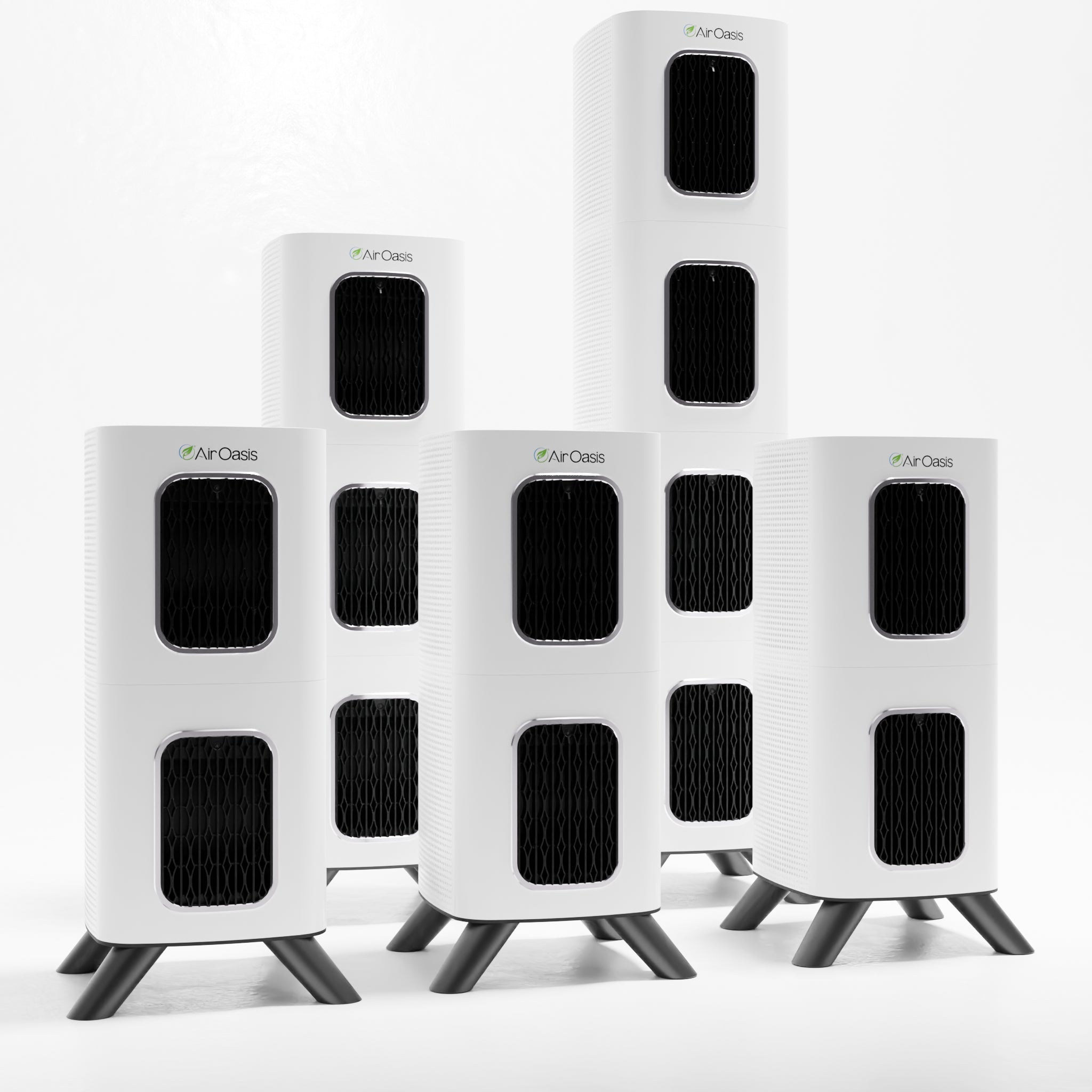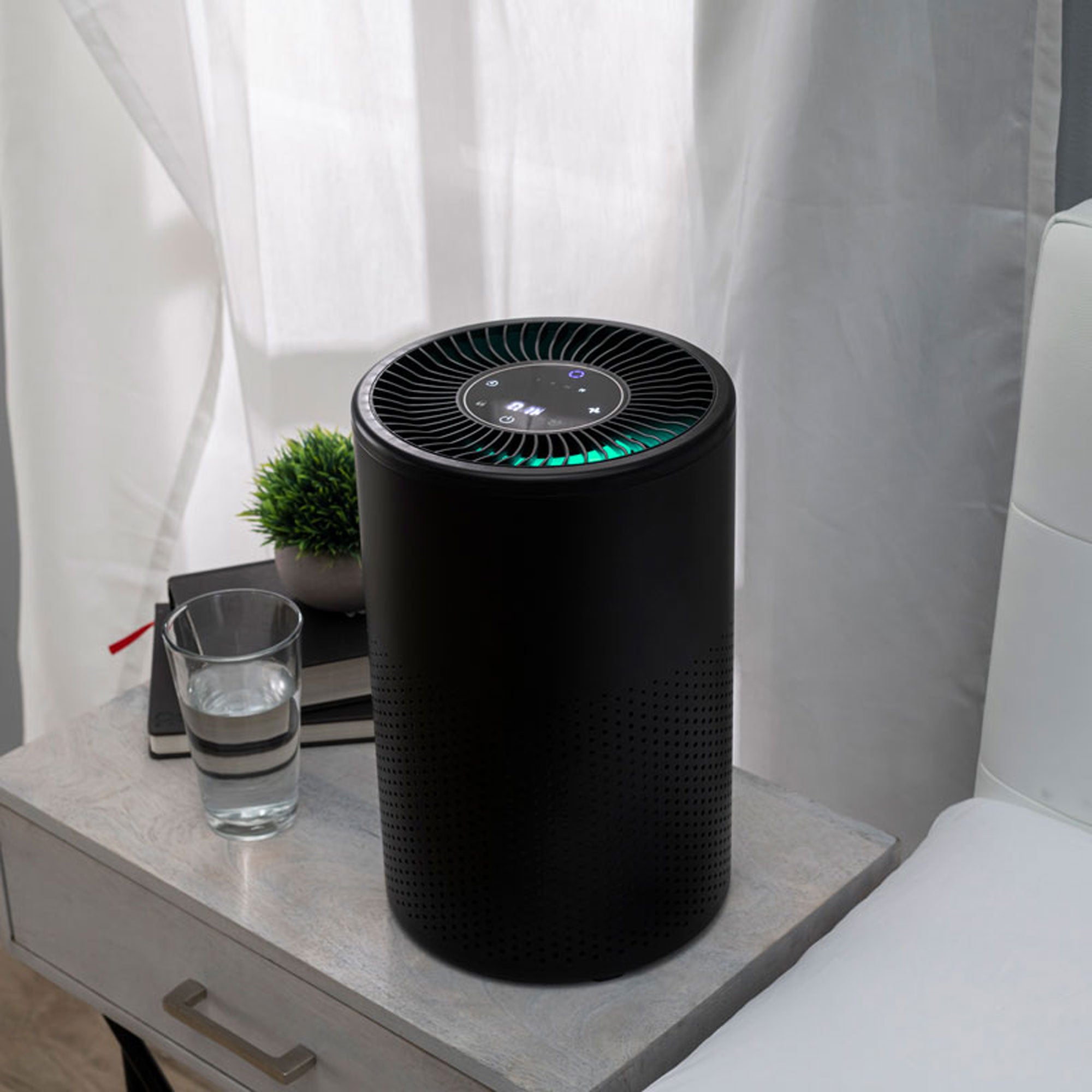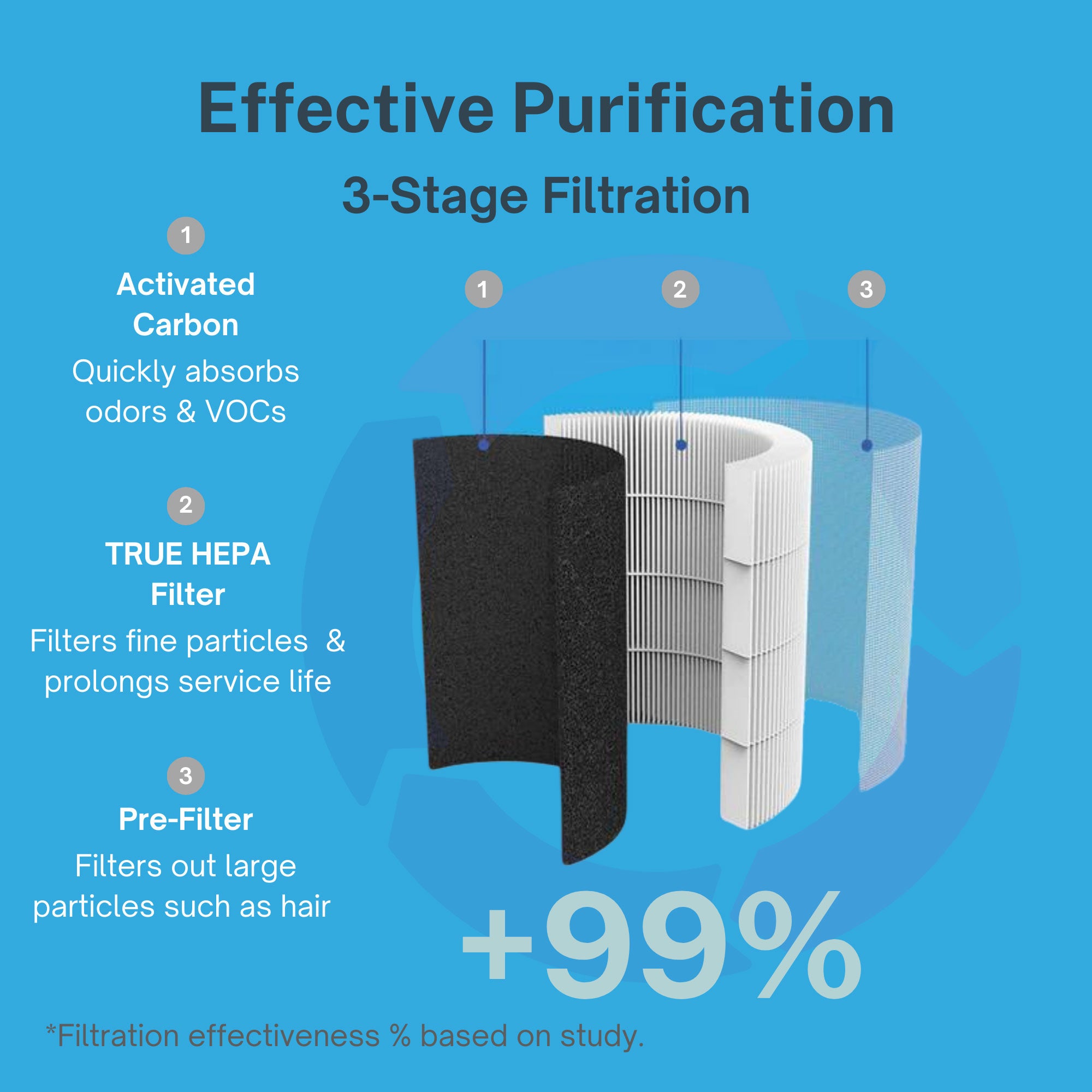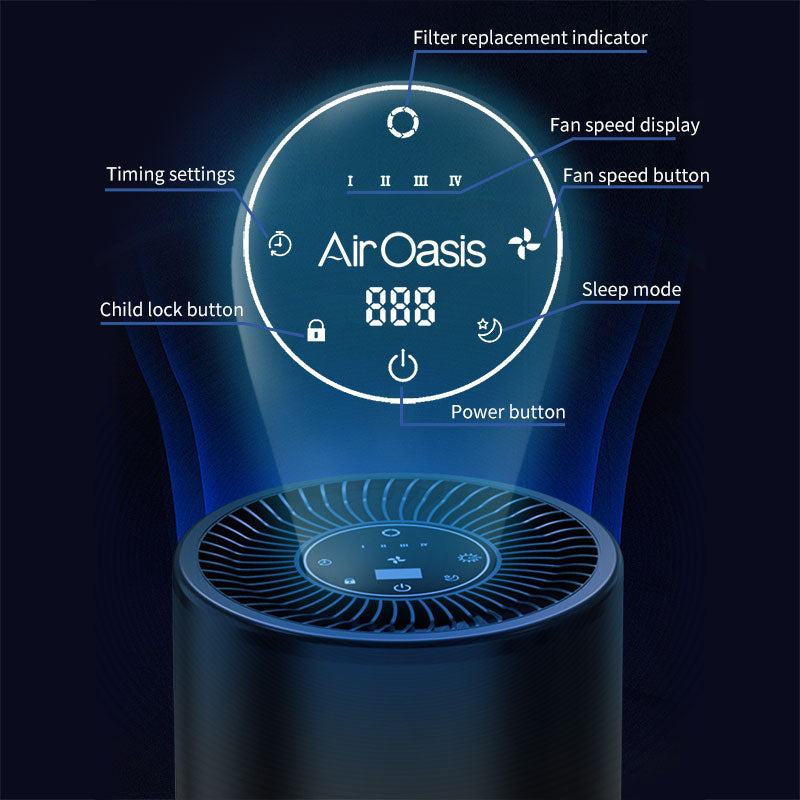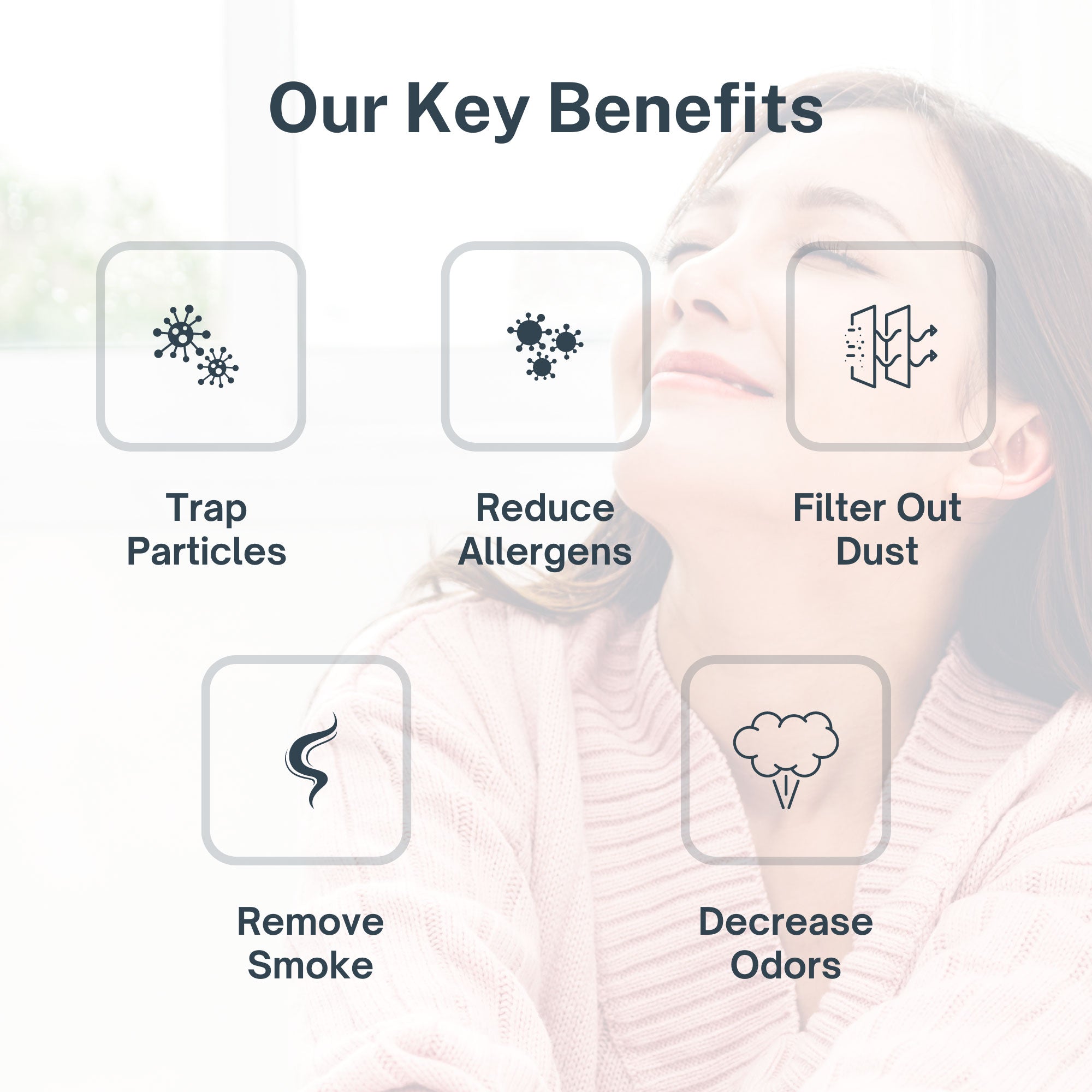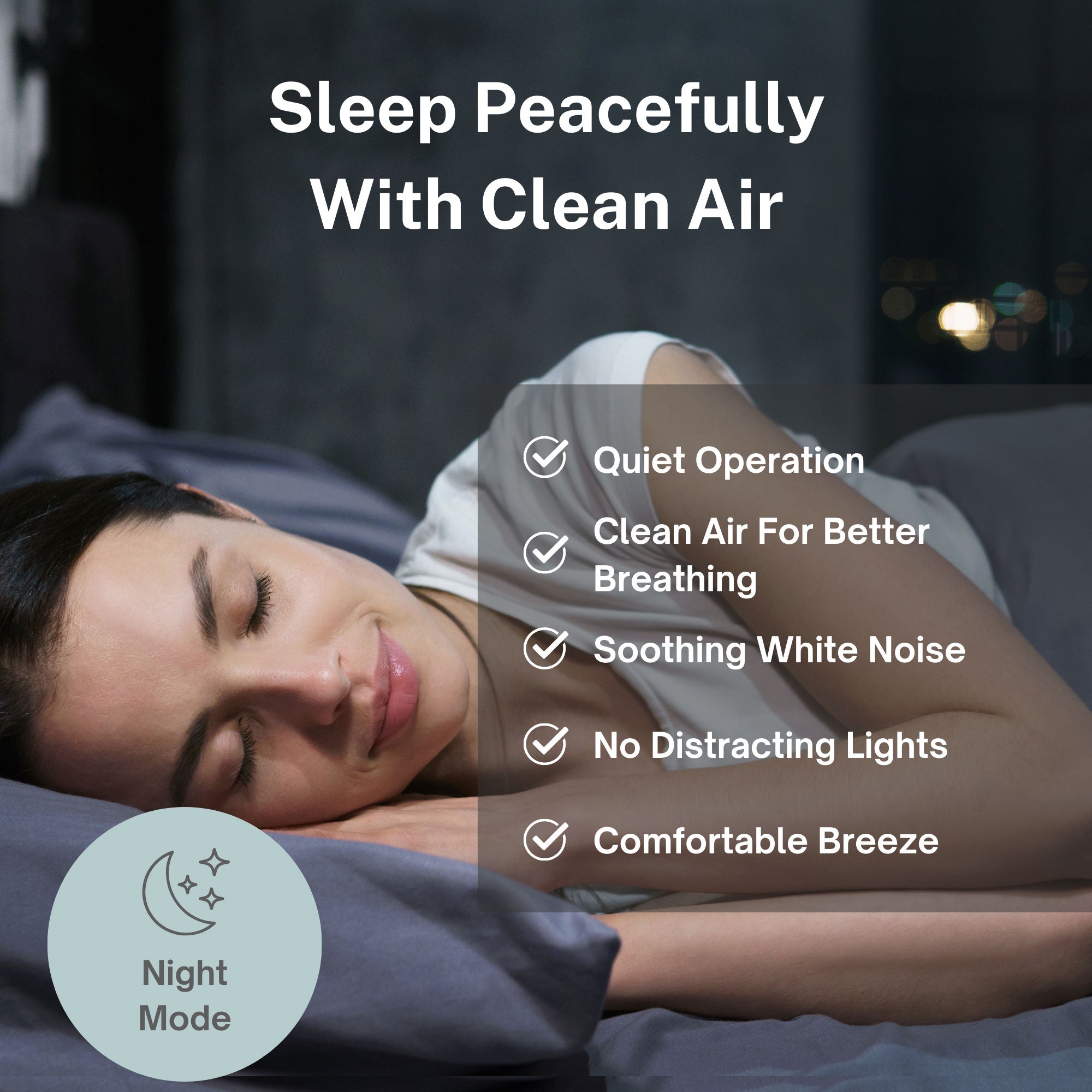Natural disasters strike without warning, leaving devastation in their wake. The Mexico flood disaster of October 2025 demonstrates this harsh reality. Tropical storms Priscilla and Raymond dumped torrential rainfall across central and eastern Mexico, triggering flash floods and landslides that displaced thousands. While the immediate danger grabs headlines, a silent threat emerges as floodwaters recede: mold.
Understanding the Scale of Mexico's Flooding
Five Mexican states face severe flooding impacts. Veracruz, Puebla, Hidalgo, Querétaro, and San Luis Potosí experienced the worst devastation. Rivers burst their banks. Mountainous areas already saturated from prolonged rainy seasons couldn't absorb more water. The result: catastrophic flooding that isolated hundreds of communities.
Major cities including Huehuetla, Huauchinango, Pachuca, Poza Rica, Querétaro city, San Luis Potosí city, Tuxpan, and Xalapa faced direct impacts. Roads became impassable. Bridges collapsed. Landslides blocked escape routes. Approximately 10,000 troops and civilian responders deployed to manage evacuations and deliver essential supplies.
The Federal Electricity Commission reports restoring power to 84% of affected areas. Floodwaters began receding in some locations. However, authorities warn that low-lying and mountainous regions remain vulnerable. Oversaturated terrain and overflowing rivers continue threatening communities even as the immediate crisis passes.
Evacuation orders remain active across affected states. Shelters in cities like Huauchinango and Poza Rica house displaced families. President Claudia Sheinbaum mobilized federal and regional teams to distribute food, water, and medical supplies. Air bridges deliver aid to isolated areas cut off by infrastructure damage.
The Hidden Danger: Mold After Flooding
Floodwaters carry more than just water. They transport sewage, chemicals, debris, and countless microorganisms. When water invades your home, it saturates everything: walls, floors, furniture, insulation, and building materials. This creates perfect conditions for mold growth.
Mold doesn't wait. Spores begin colonizing damp surfaces within 24 to 48 hours of water exposure. Once established, mold spreads rapidly through porous materials. You might see visible growth on walls and ceilings. But hidden mold growing inside walls, under flooring, and within HVAC systems poses an even greater threat.
The health consequences of mold exposure are serious. Mold releases spores and mycotoxins into the air. When you breathe these contaminants, they trigger respiratory symptoms. Coughing, wheezing, and throat irritation are common initial reactions. People with asthma experience more frequent and severe attacks. Those with mold allergies suffer intense reactions.
Extended exposure leads to more serious health problems. Chronic respiratory infections develop. Immune system function weakens. Some toxic molds produce mycotoxins that cause neurological symptoms including brain fog, memory problems, and fatigue. Children, elderly individuals, and people with compromised immune systems face the highest risks.
Waterborne diseases add another layer of danger. Flooding creates breeding grounds for disease-carrying organisms. Dengue fever becomes a particular concern in flood-affected areas. Contaminated water supplies spread bacterial infections. The combination of mold exposure and waterborne pathogens creates a public health emergency.
Immediate Steps for Post-Flood Recovery
Your response speed determines whether you prevent or enable mold growth. Every hour counts after flooding recedes.
First, ensure safety before entering any flooded structure. Check for electrical hazards. Assess structural damage. Never enter a building until authorities confirm it's safe. Wear protective equipment: gloves, goggles, and a KN95 or FFP2 mask minimum. These precautions protect you from immediate hazards and mold spores already present.
Remove standing water immediately. Use pumps, wet-dry vacuums, or buckets to extract every possible gallon. The faster you remove water, the less damage occurs and the lower your mold risk. Don't delay this critical step.
Ventilation becomes your next priority. Open all windows and doors. Create cross-ventilation to promote air circulation. Deploy fans strategically to move air through affected spaces. Dehumidifiers remove moisture from the air, accelerating drying. Your HVAC system can help if it wasn't damaged, but inspect it first for water intrusion.
That 24 to 48-hour window is critical. Mold prevention depends on drying everything thoroughly within this timeframe. Materials that remain wet longer will almost certainly develop mold growth.
What to Save and What to Discard
Flood damage forces difficult decisions about your belongings. Some items can be cleaned and saved. Others must be discarded immediately.
Porous materials saturated by floodwater cannot be adequately cleaned. Carpets, padding, upholstered furniture, and mattresses absorb contaminated water deep into their fibers. No amount of cleaning removes all the bacteria, sewage, and contaminants. These items also remain damp internally even when surfaces feel dry, promoting hidden mold growth. Discard them.
Drywall and insulation that absorbed floodwater also require removal. These materials provide ideal mold growth conditions once wet. Trying to save them risks extensive mold problems later. Cut away and replace affected sections.
Hard surfaces offer better salvage potential. Thoroughly clean all hard surfaces with appropriate detergent or mold remediation cleaner. A solution of one and a half cups bleach mixed with one gallon of water disinfects nonporous surfaces effectively. Never mix bleach with ammonia or other cleaning products. The resulting fumes are toxic and potentially fatal.
Clean methodically. Scrub every surface that contacted floodwater. Pay special attention to corners, crevices, and hidden areas where moisture accumulates. Remember that cleaning removes surface contamination but doesn't address moisture trapped in walls or structural materials.
Controlling Indoor Humidity and Air Quality
Humidity control prevents mold growth even after initial cleanup. Maintain indoor relative humidity between 35% and 50%. Higher humidity promotes rapid mold colonization. Lower humidity inhibits mold while remaining comfortable for occupants.
Dehumidifiers prove essential in flood recovery. Position units throughout affected areas. Empty collection tanks regularly. In severely humid conditions, consider models with continuous drainage. Monitor humidity levels with hygrometers to ensure you maintain the target range.
Air purification becomes equally critical. Mold spores don't remain on surfaces. They become airborne, circulating throughout your home. Every breath potentially introduces spores into your respiratory system. Standard ventilation moves these contaminants around but doesn't remove them.
Medical-grade air purification actively removes mold spores, mycotoxins, and other flood-related contaminants from your air. True HEPA filtration captures mold spores as small as 0.3 micrometers. Activated carbon filters absorb volatile organic compounds and musty odors associated with mold and water damage. UV-C technology neutralizes mold spores and bacteria, preventing them from reproducing.
Run air purifiers continuously during flood recovery. Position units in areas with the worst water damage. Maintain operation even after visible cleanup completes. Hidden mold continues releasing spores for weeks or months if not fully remediated. Air purification provides ongoing protection while complete drying and remediation occur.
When to Call Professionals
Extensive flooding overwhelms individual cleanup capacity. Professional mold remediation specialists have tools, expertise, and experience that homeowners lack. They identify hidden moisture. They remove contaminated materials safely. They apply antimicrobial treatments. They verify complete remediation.
Consider professional help if flooding affected large areas of your home. Multiple rooms with standing water exceed typical DIY cleanup capacity. Hidden water intrusion behind walls or under flooring requires professional detection and remediation.
Persistent health symptoms signal the need for expert intervention. Continued respiratory problems, unexplained fatigue, or recurring infections despite cleanup efforts suggest hidden mold contamination. Professional assessment identifies problem areas and ensures proper remediation.
Structural damage complicates cleanup. Water-weakened floors, walls, or ceilings require professional evaluation. Attempting cleanup in structurally compromised buildings risks injury or death.
Protecting Your Long-Term Health
The Mexico flooding will eventually end. Recovery takes far longer. Families will rebuild homes and communities. But the health impacts of inadequate flood recovery persist for years.
Mold established during improper cleanup continues growing. It spreads throughout homes. It releases spores and mycotoxins continuously. Occupants develop chronic respiratory conditions. Children's lung development suffers. The elderly face increased infection risks.
You can prevent these outcomes. Thorough, prompt flood recovery protects your family's long-term health. Professional remediation when needed. Continuous air purification during recovery. Proper humidity control. These steps transform potential disaster into manageable recovery.
Natural disasters test our resilience. They reveal vulnerabilities in our homes and communities. They also demonstrate our capacity to respond effectively. Understanding flood-related mold risks and taking appropriate action protects what matters most: your family's health.
Ready to protect your indoor air quality during flood recovery? Medical-grade air purification removes mold spores, mycotoxins, and contaminants that threaten your health after water damage. Shop Air Oasis today and breathe safely while your home recovers.






